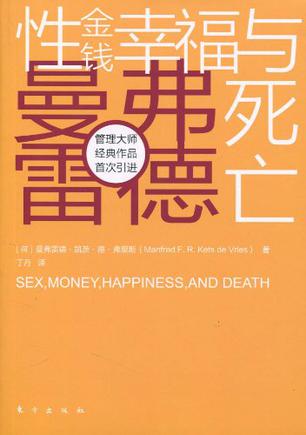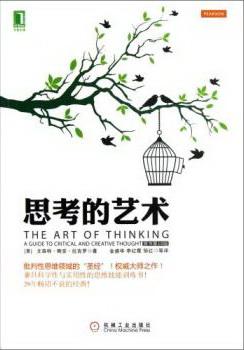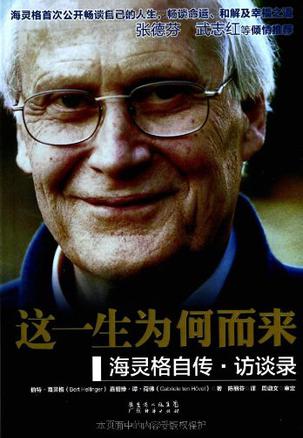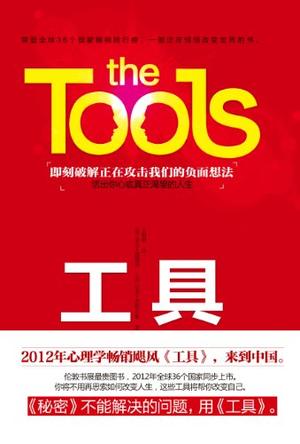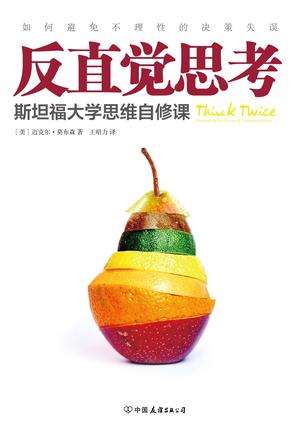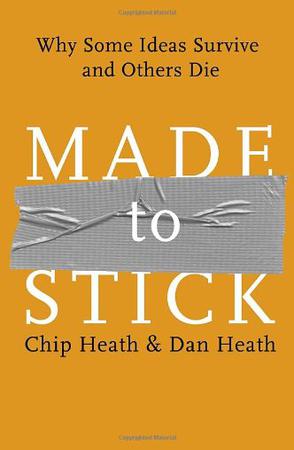Made to Stick
Chip Heath,Dan Heath
Editorial Reviews
From Publishers Weekly
Starred Review. Unabashedly inspired by Malcolm Gladwell's bestselling The Tipping Point, the brothers Heath—Chip a professor at Stanford's business school, Dan a teacher and textbook publisher—offer an entertaining, practical guide to effective communication. Drawing extensively on psychosocial studies on memory, emotion and motivation, their study is couched in terms of "stickiness"—that is, the art of making ideas unforgettable. They start by relating the gruesome urban legend about a man who succumbs to a barroom flirtation only to wake up in a tub of ice, victim of an organ-harvesting ring. What makes such stories memorable and ensures their spread around the globe? The authors credit six key principles: simplicity, unexpectedness, concreteness, credibility, emotions and stories. (The initial letters spell out "success"—well, almost.) They illustrate these principles with a host of stories, some familiar (Kennedy's stirring call to "land a man on the moon and return him safely to the earth" within a decade) and others very funny (Nora Ephron's anecdote of how her high school journalism teacher used a simple, embarrassing trick to teach her how not to "bury the lead"). Throughout the book, sidebars show how bland messages can be made intriguing. Fun to read and solidly researched, this book deserves a wide readership. (Jan. 16)
Copyright © Reed Business Information, a division of Reed Elsevier Inc. All rights reserved.
From Booklist
Based on a class at Stanford taught by one of the authors, this book profiles how some ideas "stick" in our minds while the majority fall by the wayside. Urban legends, conspiracy theories, and compelling advertising make up much of the intrinsically interesting examples that the Heaths profile that qualify for "stickiness." This book explores what makes social epidemics "epidemic" and, as the Heaths cite from Malcolm Gladwell's Tipping Point (2000), defines the secret recipe that makes an idea viral. The principles of stickiness are examined--an unexpected outcome, lots of concrete details that we remember, emotion, simplicity, and credibility--all packaged in an easily told story format. Taking these five stickiness attributes, the book offers numerous examples of how these properties make up the stories we are all familiar with--the urban legend about kidney theft and the razor blades supposedly lurking in Halloween candy. Exercises, checklists, and other tools are sprinkled throughout the book to help the reader understand and test how stickiness can be applied to their ideas, whether they are teachers, parents, or CEOs. Gail Whitcomb
Copyright © American Library Association. All rights reserved
